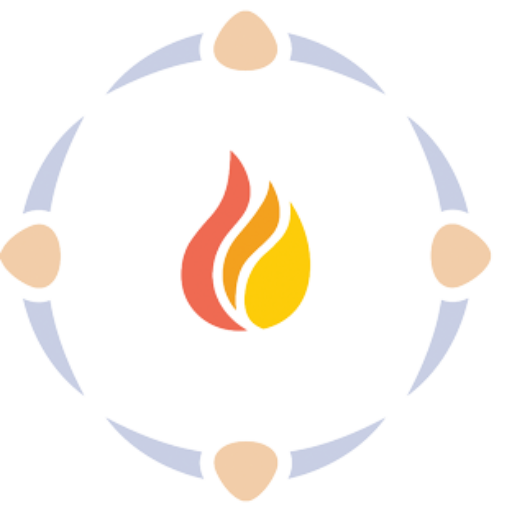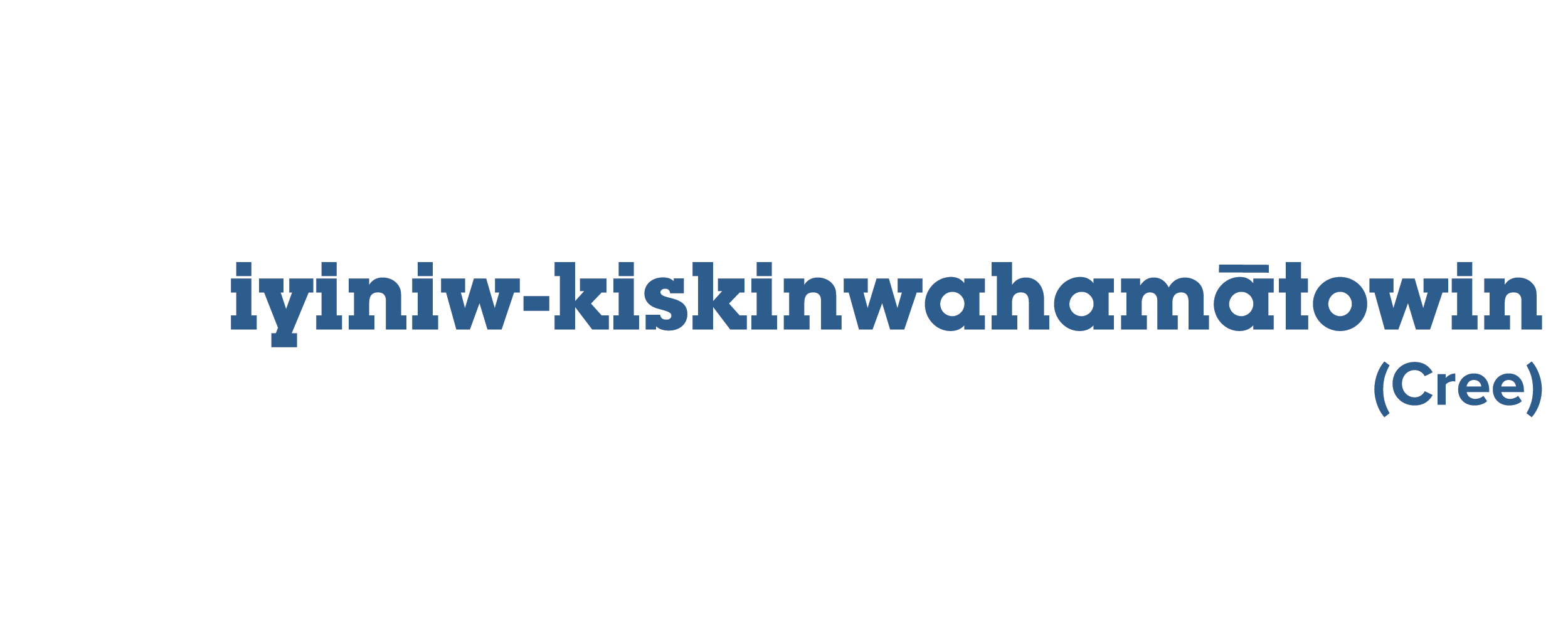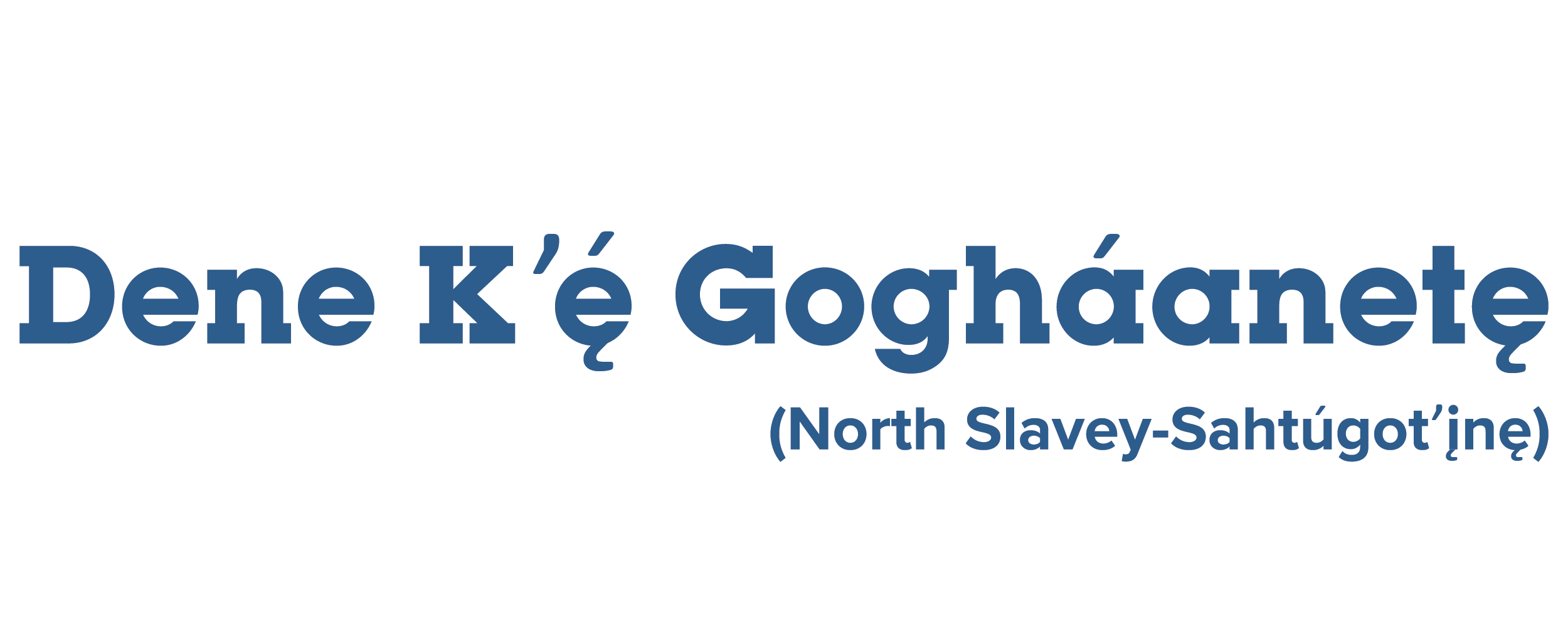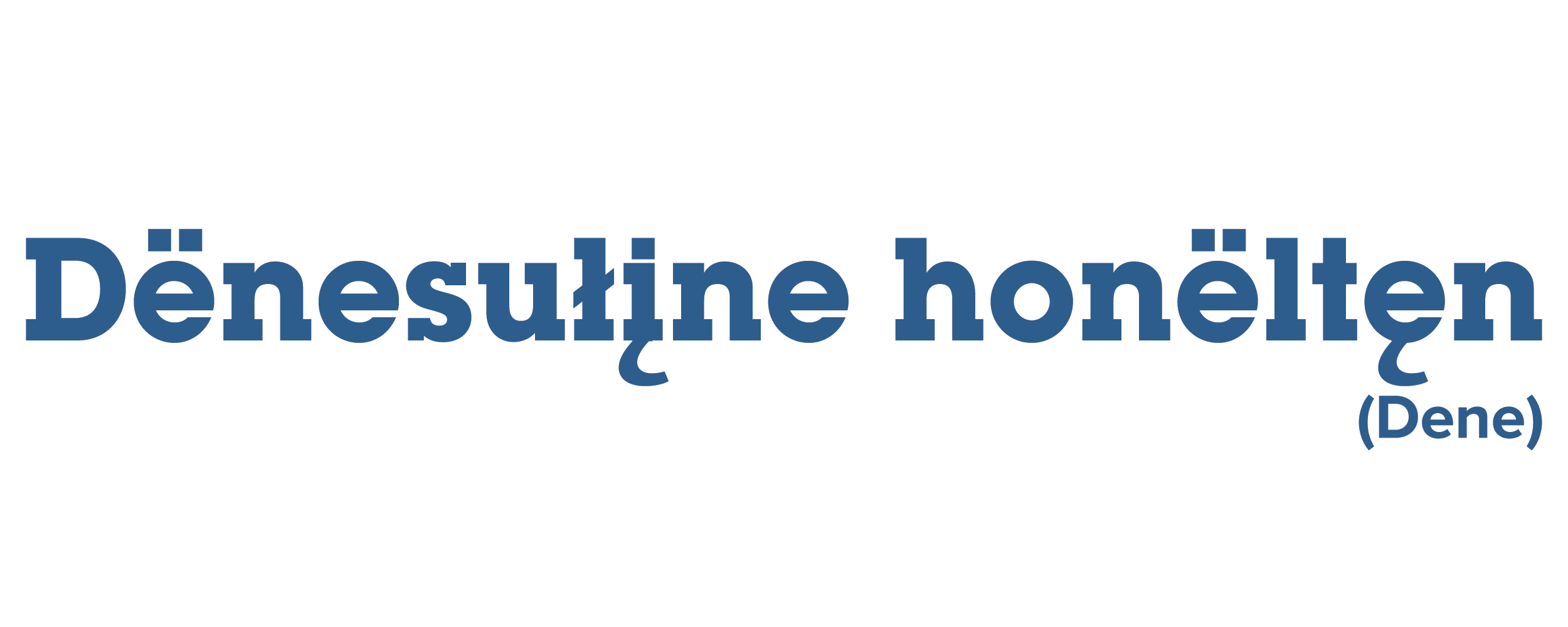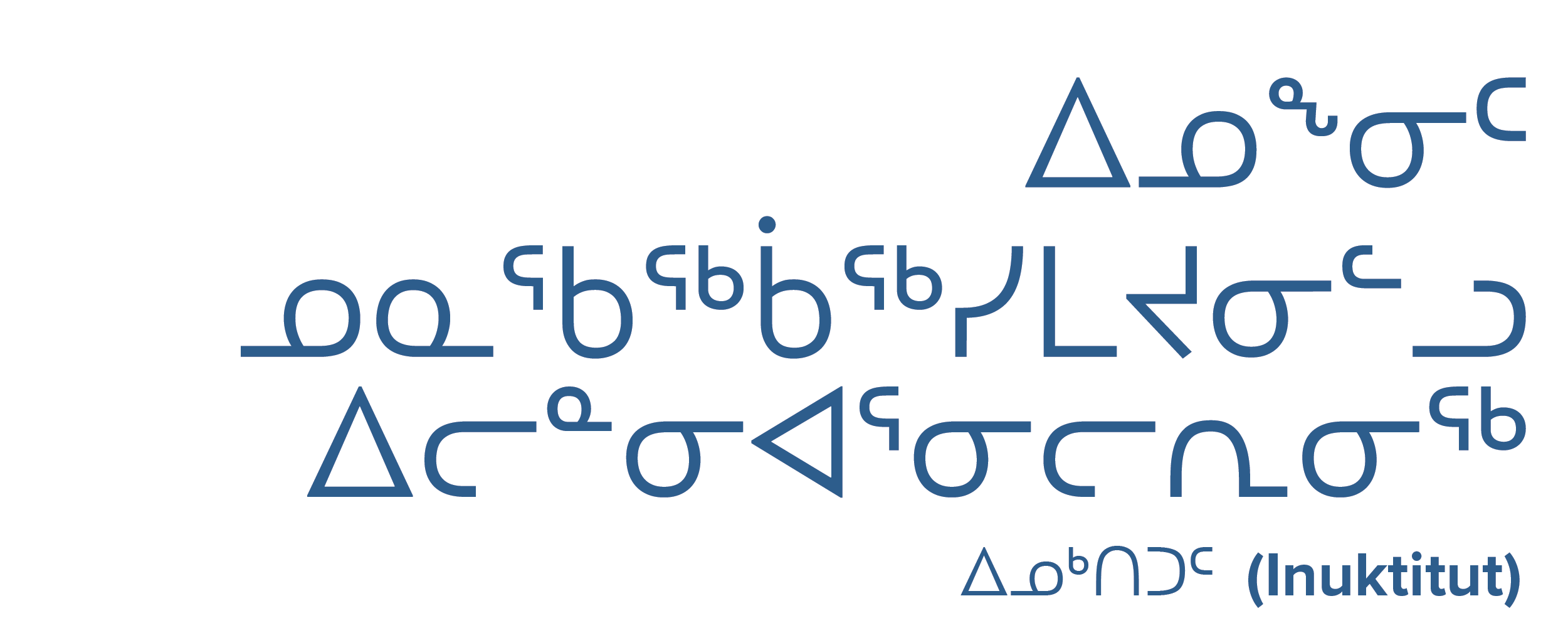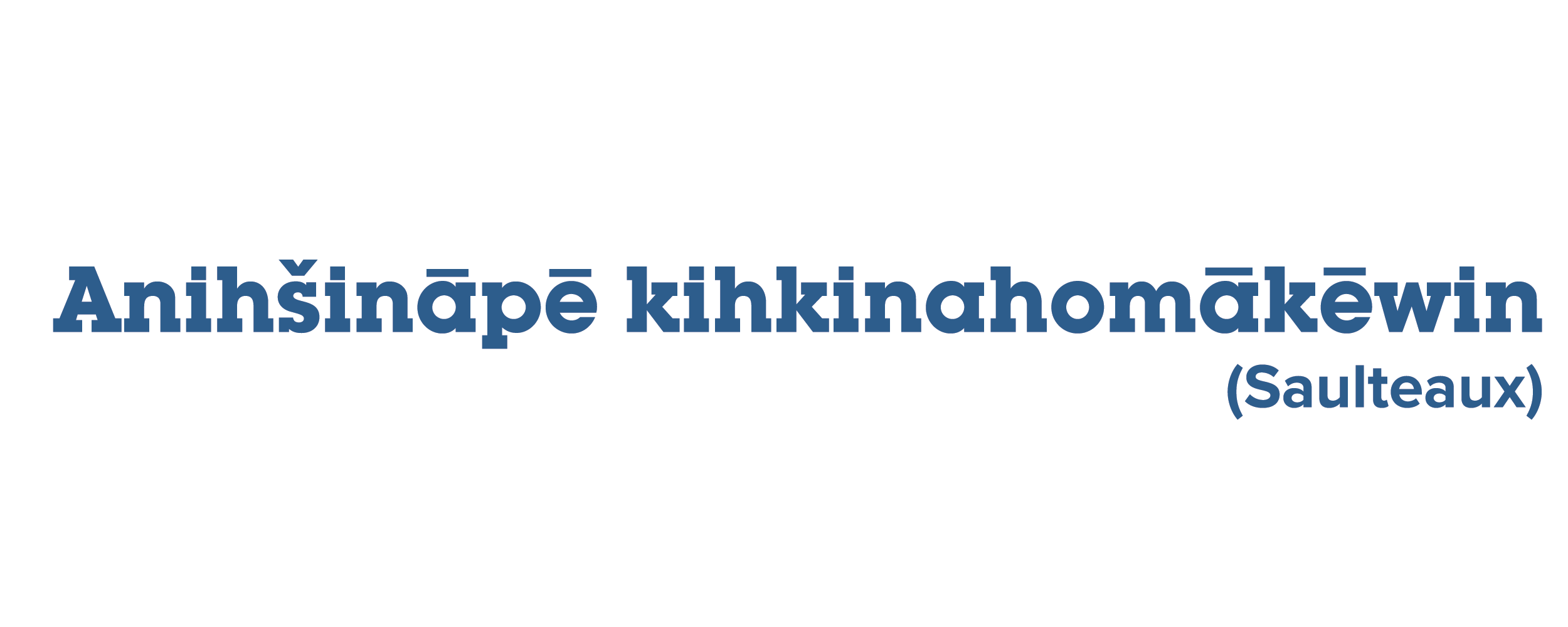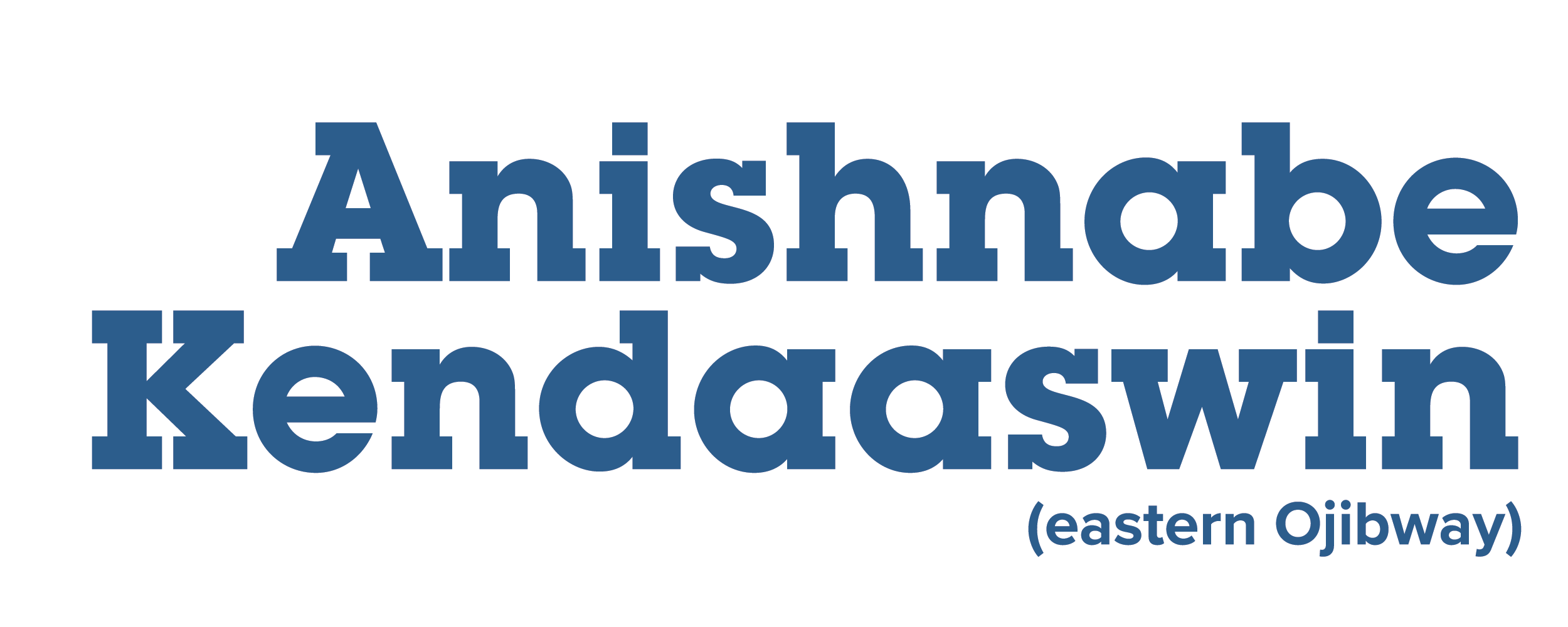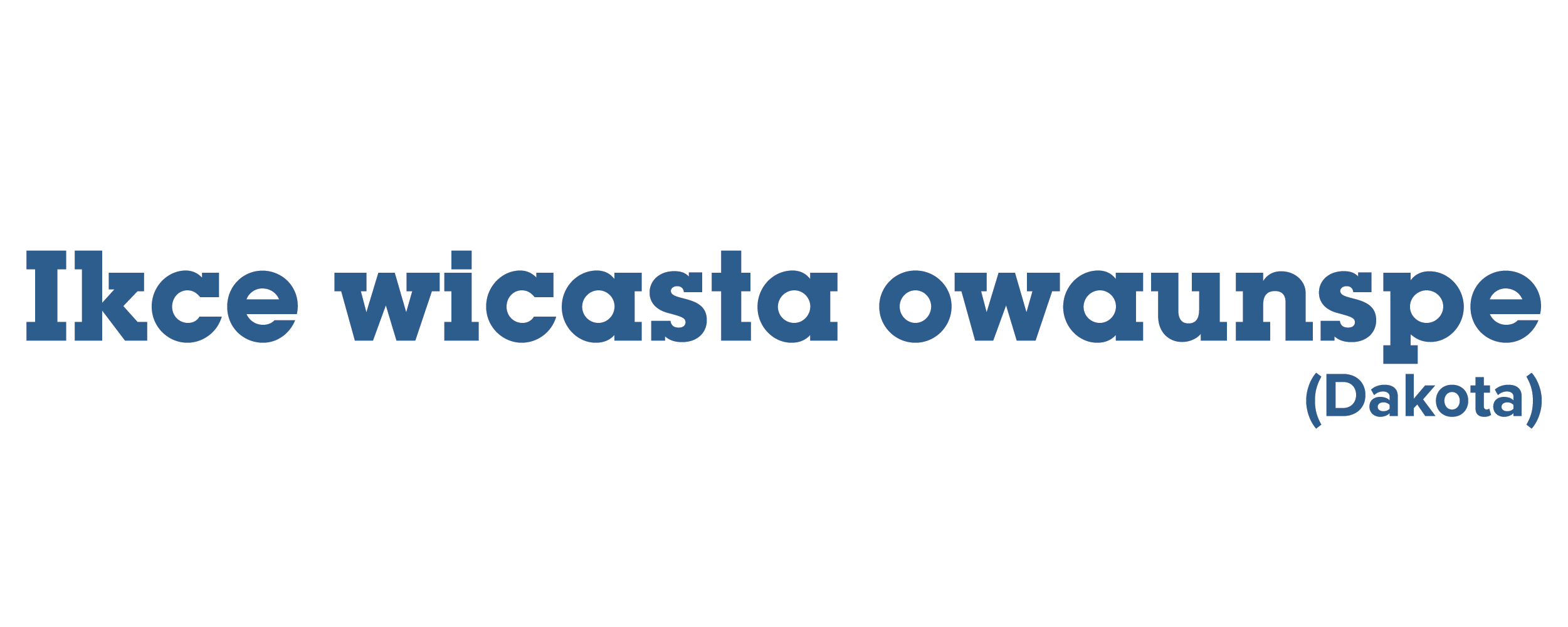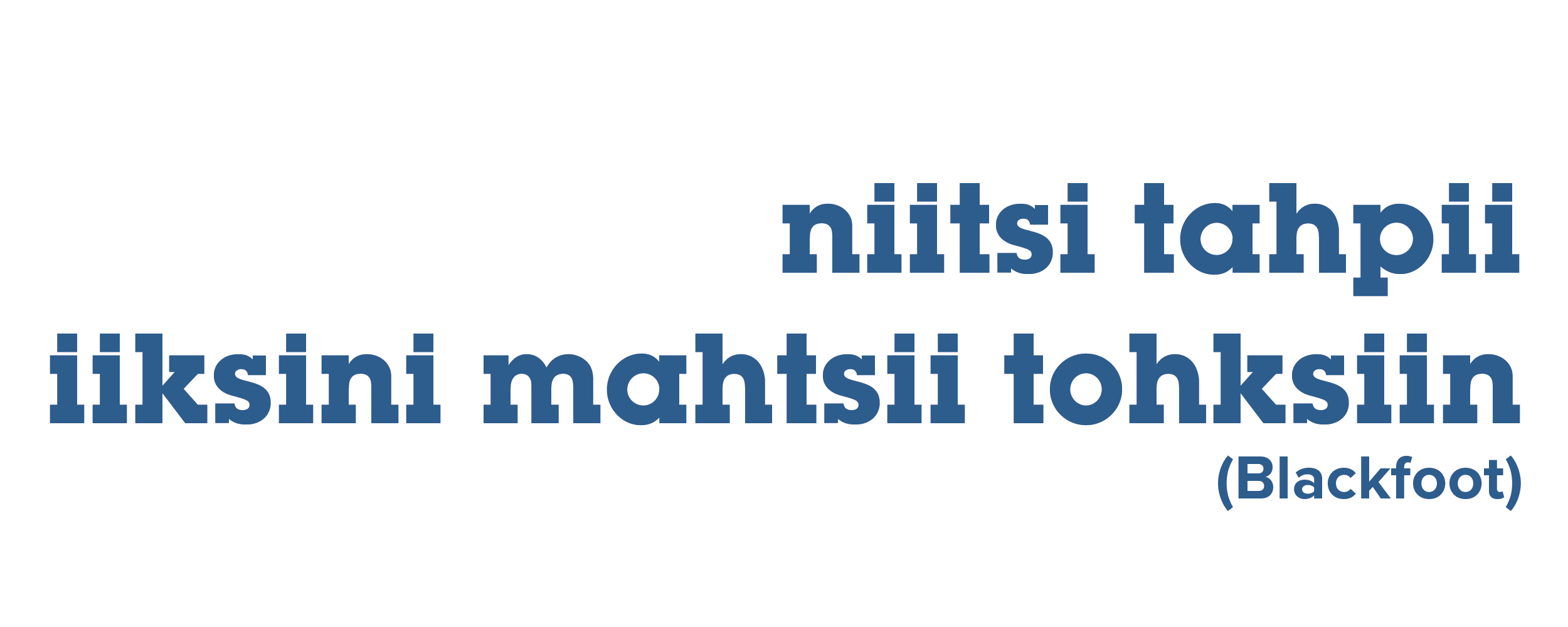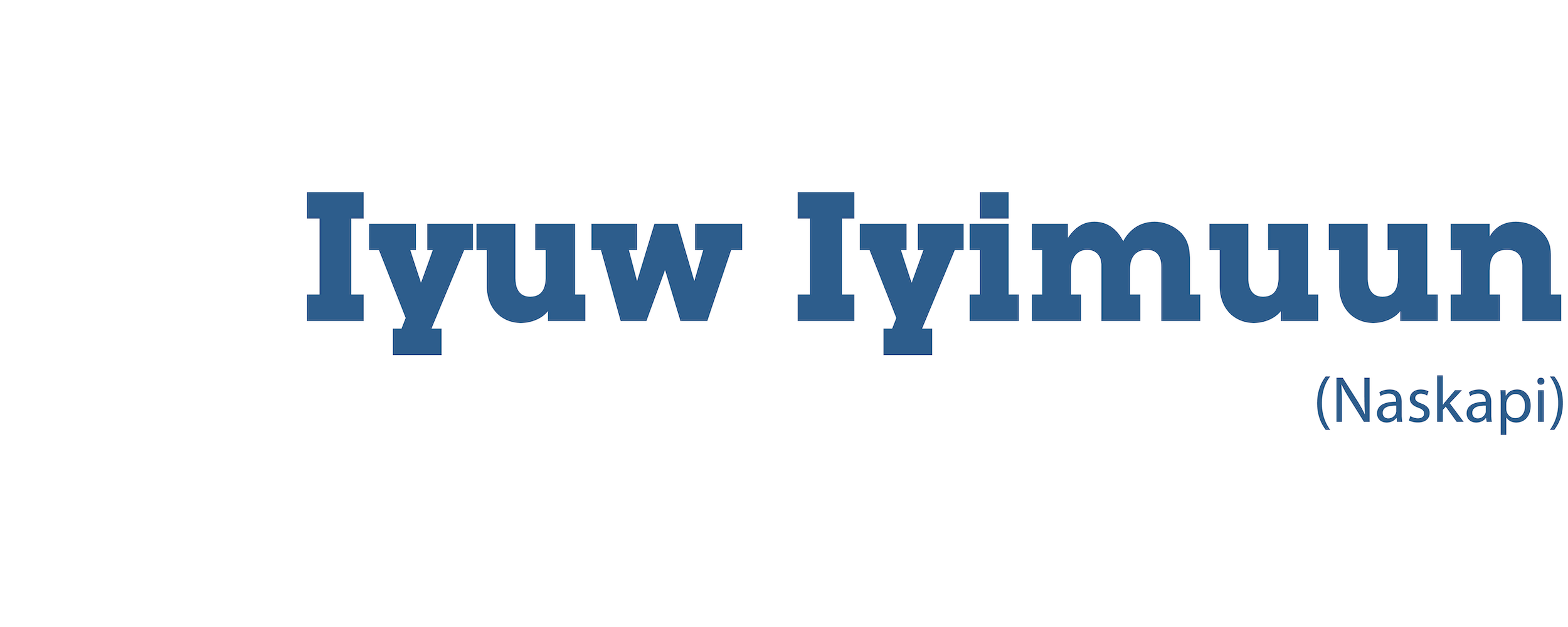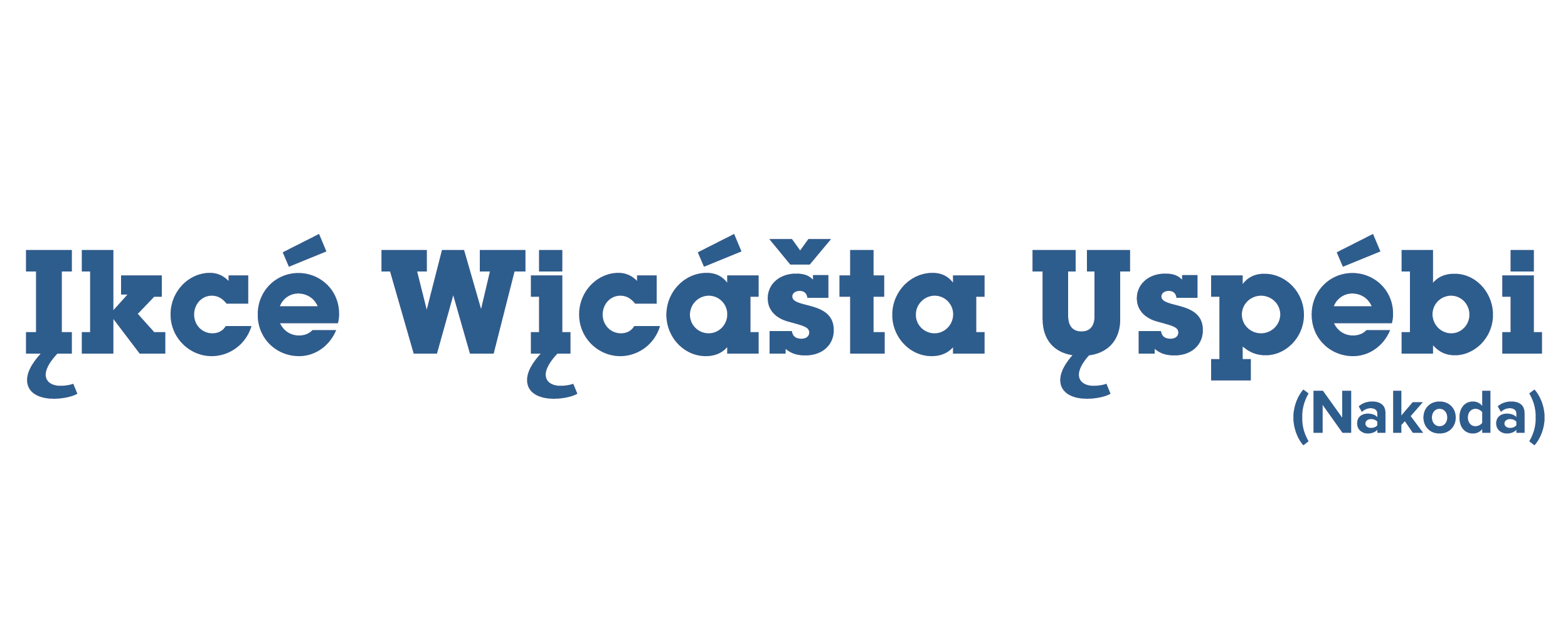Posted on June 4, 2019 by Dene Basil
Yukon First Nation History and knowledge
Harold Johnson talks about the Long Ago Peoples Place near Champagne Village, Yukon. The Long Ago peoples Place is a living museum of how Yukon First Nations people used to live and survive in the Yukon. The walk through meseum facility highlights a time line of what life was like back in the early years all the way to present times. Such as what those early Yukon First Nation people used to live in and their means of hunting with tools and weapons. The walk through museum facility is a way to learn, engage, heal, pass on, and revitalize Yukon First Nation ways of life culture and traditions.
Posted on by Justina Black
John B Zoe, Senior Advisor with the Tłı̨chǫ Government, talks about the importance of Tłı̨chǫ traditional knowledge, Land, Language and Culture. John also sits as the Chairperson of Dedats’eetsaa: the Tłı̨chǫ Research & Training Institute.
John B Zoe, Senior Advisor with the Tłı̨chǫ Government, talks about the importance of Tłı̨chǫ traditional knowledge, Land, Language and Culture. John also sits as the Chairperson of Dedats’eetsaa: the Tłı̨chǫ Research & Training Institute.
Posted on May 31, 2019 by Mary Ellen Simon
Chris Shawanoo speaks about the role of the NRNC in providing holistic educational opportunities to the Niagara urban Indigenous community.
Chris Shawanoo speaks about the holistic programming provided by the Niagara Regional Native Centre (NRNC) to urban Indigenous community members, as well as the start of the Indigenous school Soaring Eagles. Shawanoo uses personal stories and passes down teachings given to him to illustrate the importance of holistic education and western education. Walking in two worlds involves cultural revitalization to ground an individual to a strong identity while providing culturally sensitive educational opportunities to combat systemic oppression, colonization, and poverty. Recognition is given to the importance of a non-western education as well as the importance of language revitalization.
Shawanoo also speaks about NRNC’s partnership with the Catholic District School Board to start up Soaring Eagles Indigenous school as a response to the Truth and Reconciliation Commission’s Calls to Action. He uses stories and teachings to illustrate the holistic education model to answer questions about Indigenous education.
Posted on by Tina Trombley
Holly Rae Yuzicapi uses Indigenous cultural art techniques to teach about Indigenous history and culture, identity, personal expression, and defining relationships to the land.
Holly Rae Yuzicapi is a proud Dakota/Lakota woman from the Standing Buffalo Dakota Nation in southern Saskatchewan. She is an instructor of cultural arts, traditional food, and traditional games, facilitating workshops for all ages throughout Canada and the United States. Her workshops are predominantly offered to schools, from early elementary to high school, and have been adapted for teacher professional development engagements.
The cultural arts workshops are offered over the course of several classes so that students understand the history of both culture and art, establish their own connection with what they are learning, and to ensure their spirit is engaged while their mind and body are expressing themselves through art. In her workshops, she focuses on cultural parallels instead of cultural differences and discusses six common elements of culture: language, kinship, process and transferring of traditional knowledge, connection to the environment, ceremonies and celebrations, and forms of expression.
For Yuzicapi, it is essential that individuals come to understand their identity and cultural art engagements offer a gateway to connecting identities to art forms of expression. She harvests traditional and natural materials like: porcupine quills, fish scales, and moose hair for quillwork, beadwork, and embroidery. Yuzicapi’s workshops enhance school programs by using art to build cross-cultural understanding while being infused with Indigenous history and art.
Posted on May 22, 2019 by Echo Mcleod
Laurie McLeod of Nipissing First Nation shares her understanding of engaging the spirit within all areas of life. She shares her own knowledge of Indigenous education and how to better support people seeking guidance within academia.
Laurie McLeod of Nipissing First Nation shares her understanding of engaging the spirit within all areas of life. She shares her own knowledge of Indigenous education and how to better support people seeking guidance within academia.
Posted on May 21, 2019 by Coty Zachariah
First Nations led education in community
The Akwesahsne Freedom School was started in 1979 by parents in the Mohawk community that saw a need to preserve their ways and play an active role in the education of the nation starting with the children. They wanted their kids to be educated in the language, to be raised with ceremony and culture on the land of their ancestors without the influence and interference of the Western world. This approach has lead to results such as an increase in speakers of Mohawk language, rejuvenation of cultural strength and familiarity, and the continuance of inter-generational hands on learning.
Posted on May 13, 2019 by Mary Ellen Simon
Elizabeth Sault seeks to provide holistic educational opportunities to community members with the aim of violence reduction.
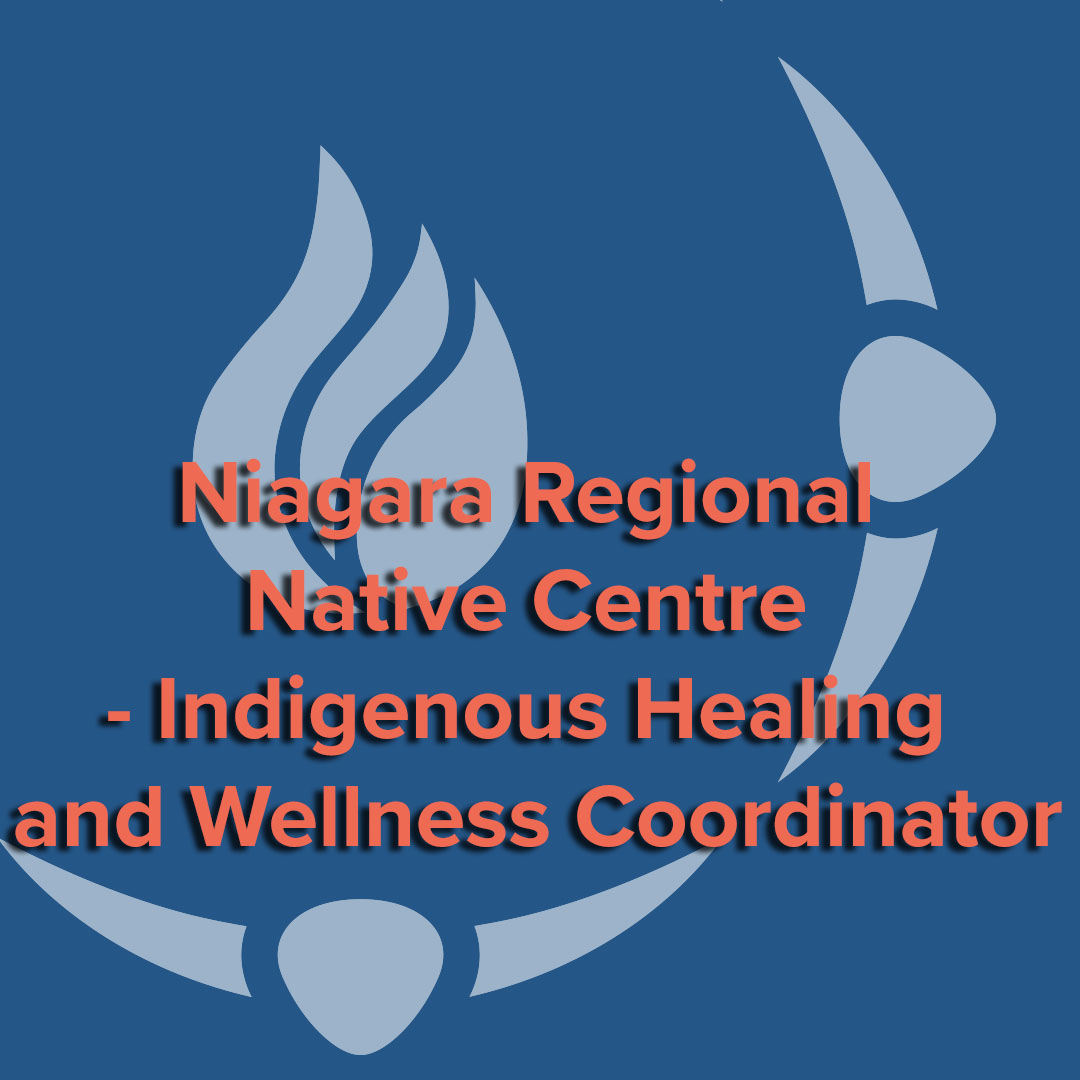
Elizabeth Sault speaks about an education that seeks to achieve the goal of violence reduction. Sault hosts group workshops for participants but much of her program is structured to address the needs of the individual, including crisis assistance. Her one-to-one support stems from her ability to create a comfortable connection and trust which can lead to advocacy, resources, housing, and building empowering life skills. Sault recognizes that violence reduction is multifaceted and speaks about the importance of creating holistic educational opportunities that build up the individual while creating awareness about important issues like MMIW and human trafficking. She speaks about the importance of identity and how it empowers the individual by illustrating the role of colonization in the creation of a culture of violence. Workshops focused on creation stories, medicine walks, connection to Elders, and individual support in reconnecting to the Indigenous community. These workshops help individuals to ground themselves in a healthy Indigenous identity. The goals of the program are to increase housing, support for men, and land-based retreats.
Posted on May 1, 2019 by Anne Marie Jackson
Sharon, like most community members, teaches traditional Dene life skills at home.
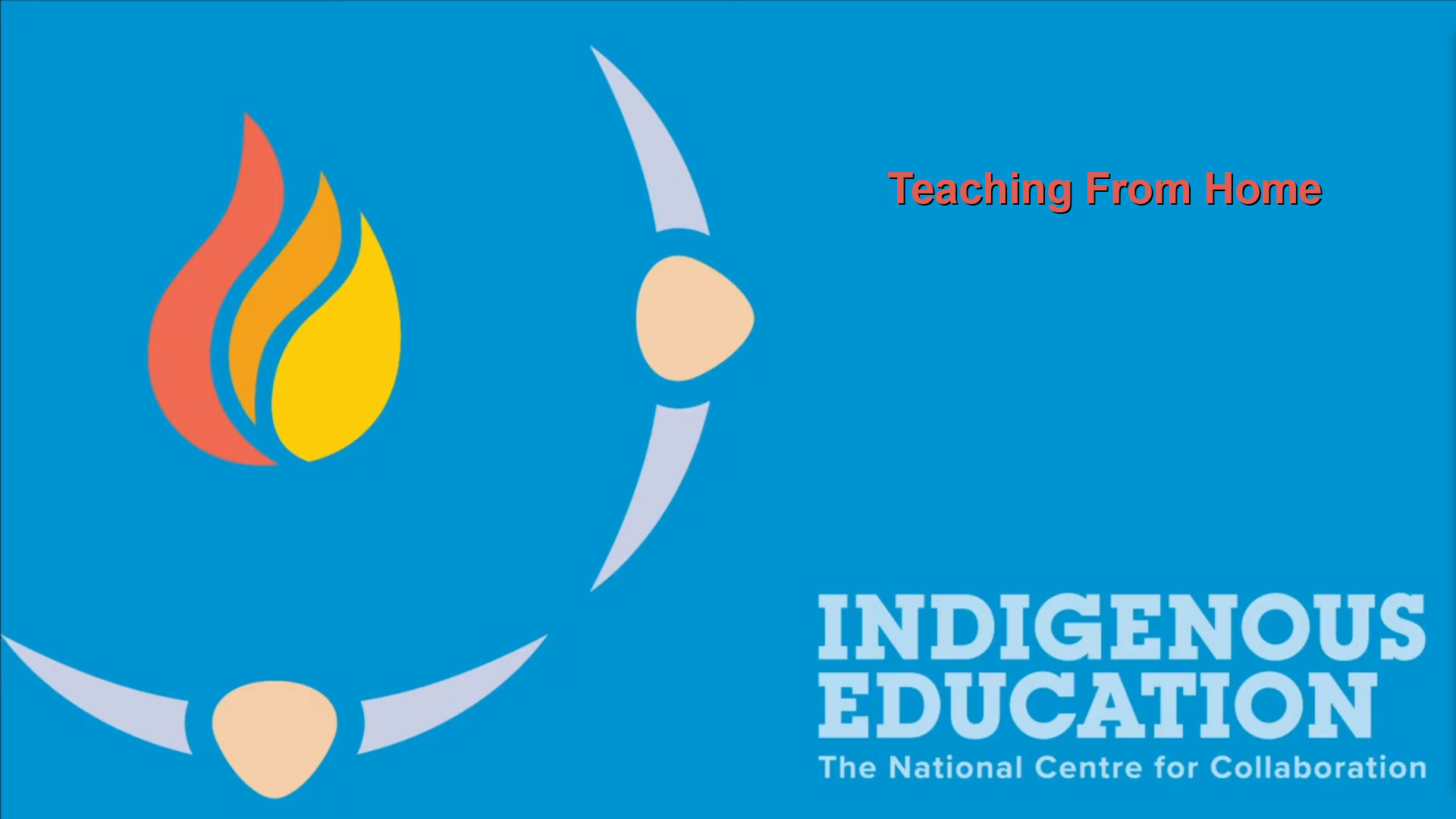
Sharon, like most community members, teaches traditional Dene life skills at home.
Posted on by Anne Marie Jackson
George Oudzi lives a traditional way of life, teaching others at the same time. In this interview, he talks about his life on-the-land and how he teaches others how to fish, trap, and hunt, all the time using his ‘Native language’, which is North Slavey (Sahtúǫt’ı̨ne Yatı̨́).
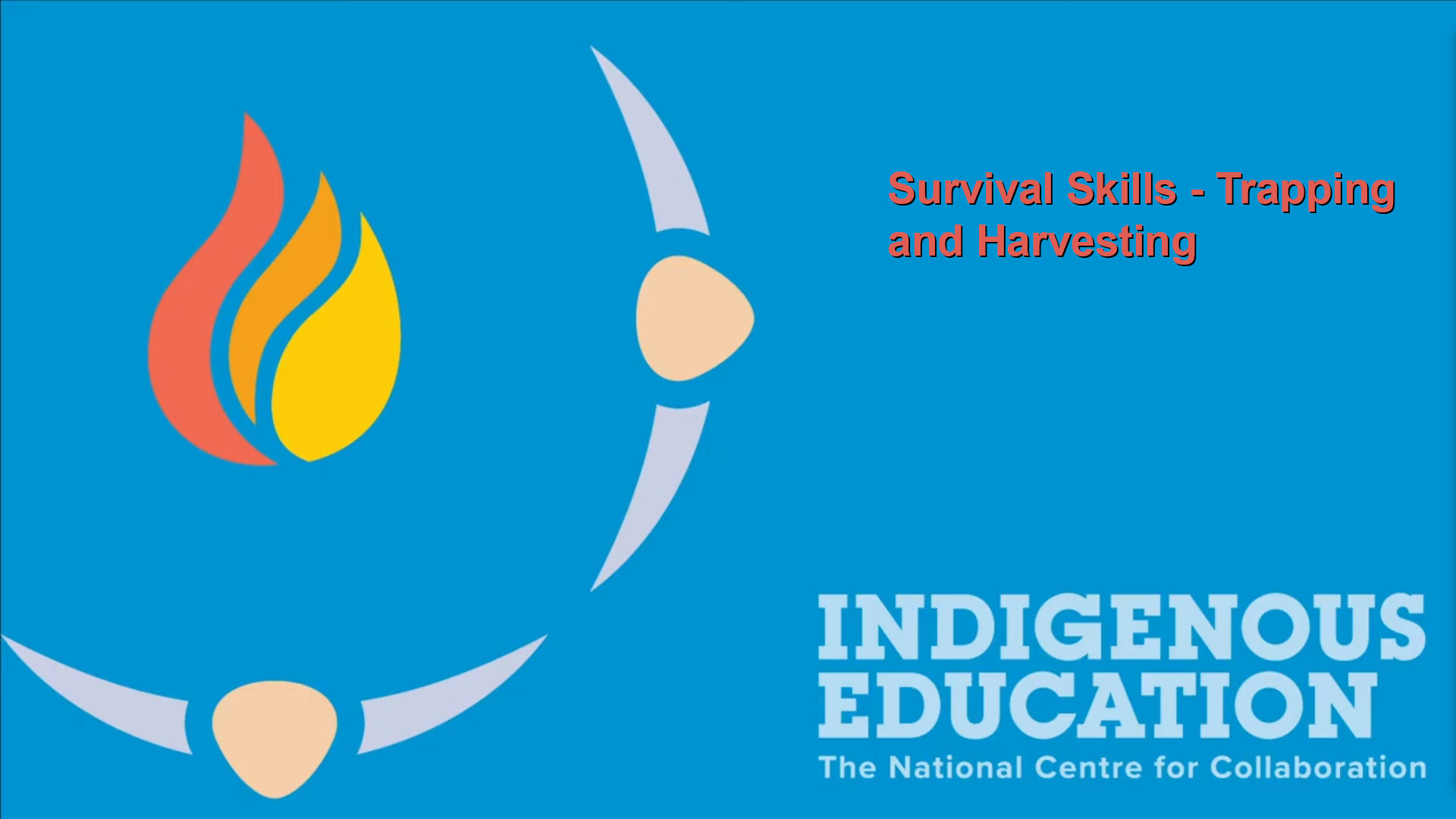
George Oudzi lives a traditional way of life, teaching others at the same time. In this interview, he talks about his life on-the-land and how he teaches others how to fish, trap, and hunt, all the time using his ‘Native language’, which is North Slavey (Sahtúǫt’ı̨ne Yatı̨́).
